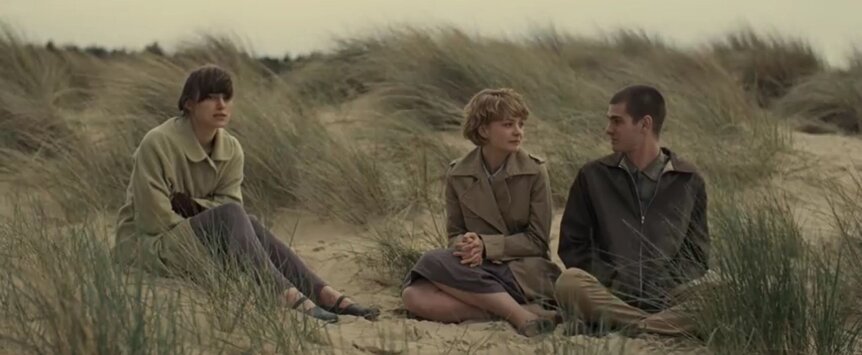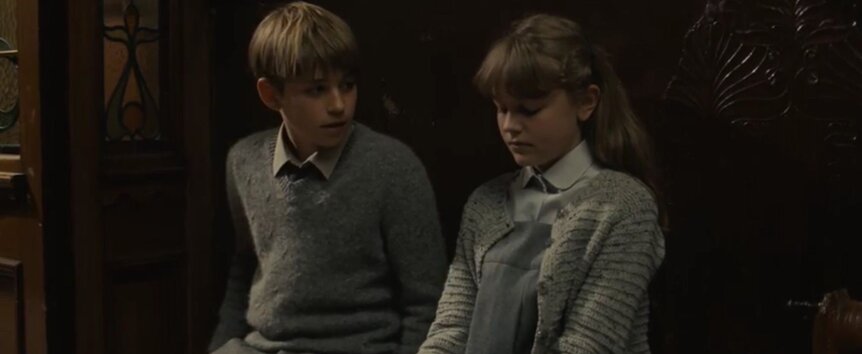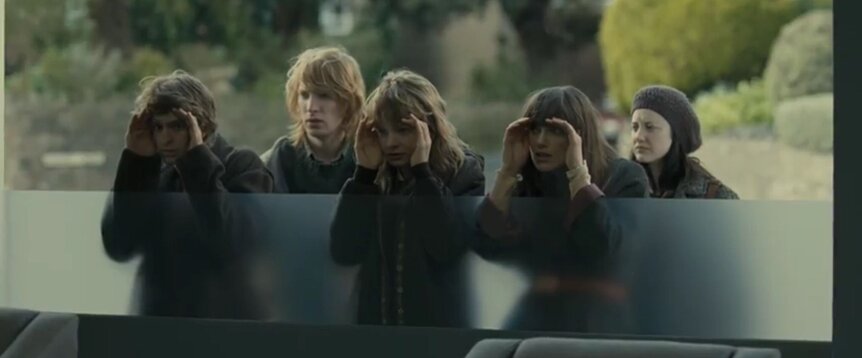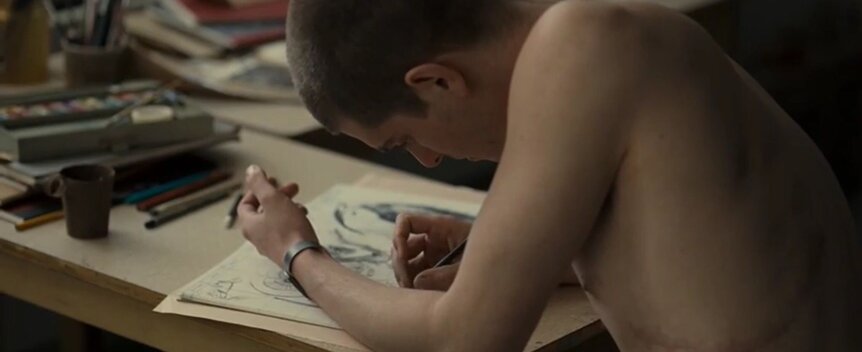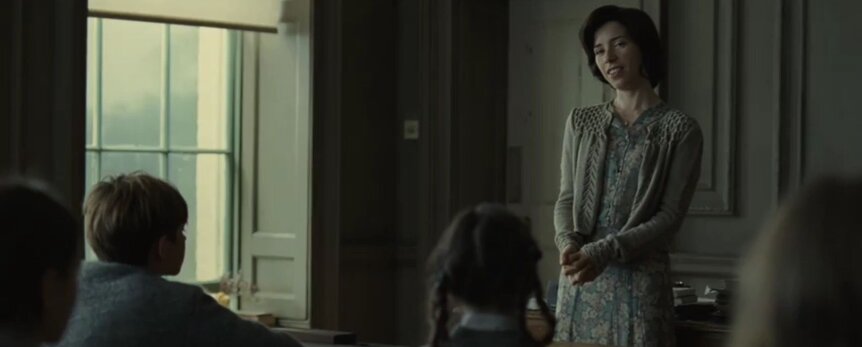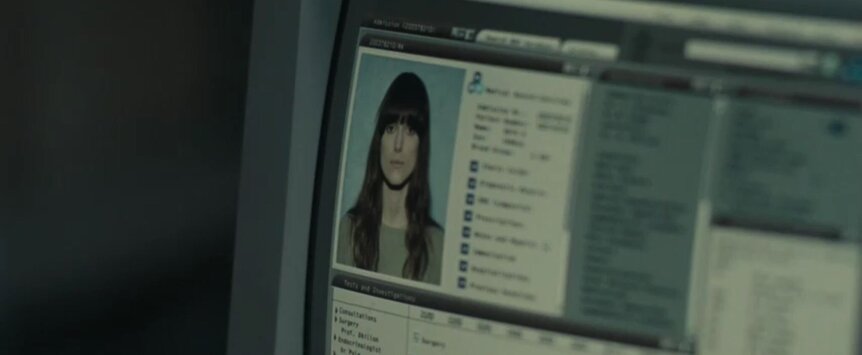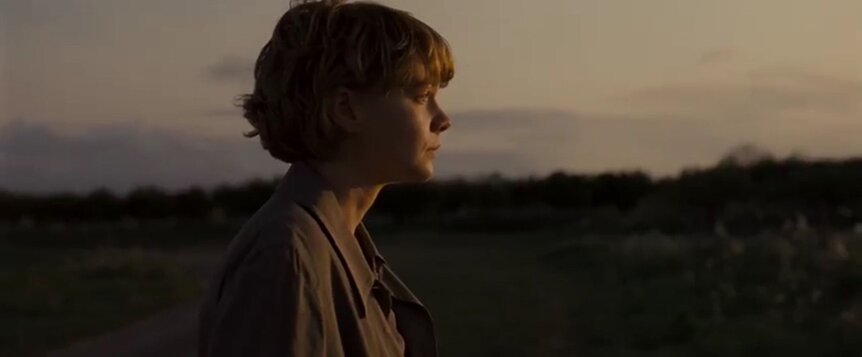Create a free profile to get unlimited access to exclusive videos, sweepstakes, and more!
Love, friendship, and bodily autonomy in Never Let Me Go
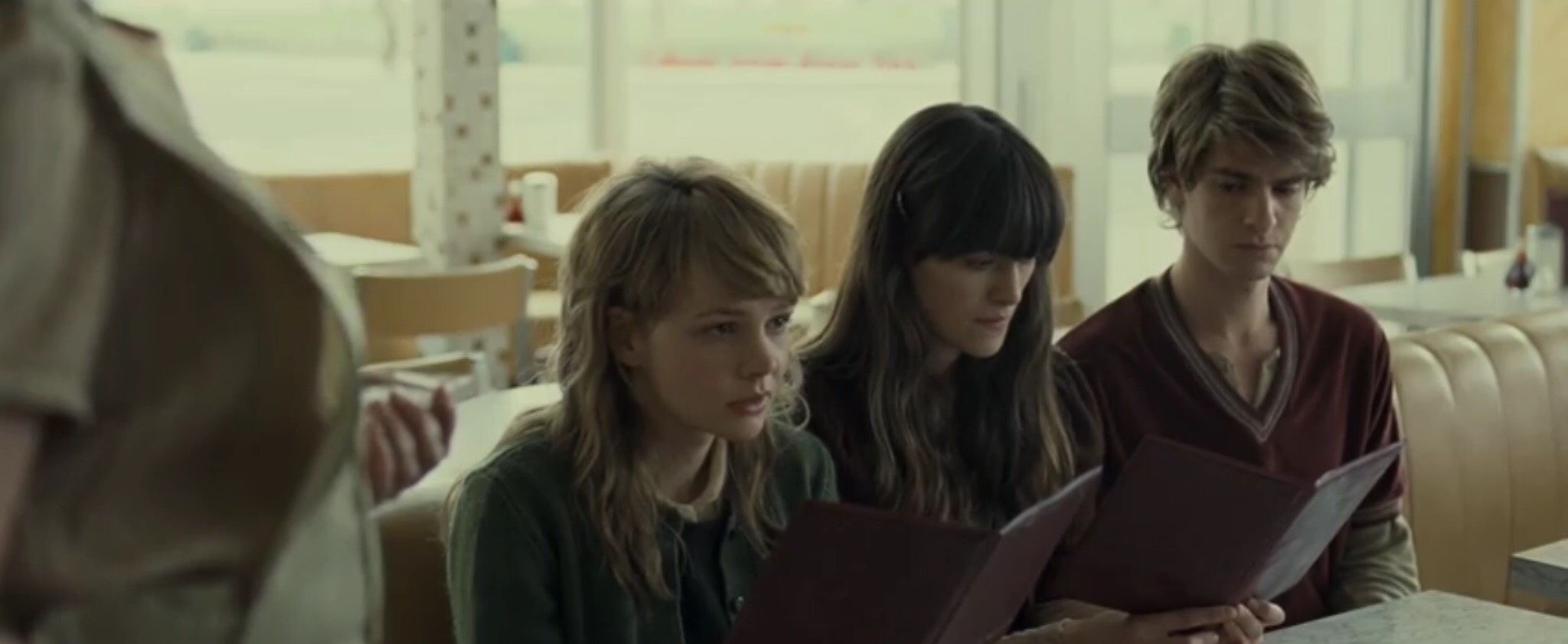
Science fiction has long tackled questions of what makes a person human. Stories featuring clones, robots, and machines that defy the rigid concept of humanity are incredibly popular within genre. The idea of the soul and what it means to possess one is an investigation dating back to the beginning of time — or at least since the dawn of the written word. Value is derived from this abstract construct including morality, beauty, and thought. To have a soul is to be human, to have bodily autonomy is to exist freely. The characters in the 2010 movie Never Let Me Go are denied the latter, despite possessing the former.
Adapted from Kazuo Ishiguro's 2005 dystopian novel of the same name, the Mark Romanek-directed Never Let Me Go is set in a world that closely resembles our own. One notable difference is a medical discovery in 1952 means doctors are no longer at odds with incurable diseases: by 1967, average life expectancy has passed 100 years of age. The discovery in question is not explained in great scientific detail — the word clone is never uttered — but the characters the audience follows have been created to provide organs to those who need them. Their existence is predicated on being spare parts to save the lives of those deemed worthy.
This is no organ farm situation, waiting in stasis for when the time comes to offer up their goods. Instead, Kathy (Carey Mulligan), Tommy (Andrew Garfield), and Ruth (Keira Knightley) grow up experiencing the same anxieties, heartache, and joys of those they will be providing their body parts for. The lack of autonomy is a cruelty thrust on them by a society that has decided their value is in their biology, not their minds.
In a voiceover by Kathy, we learn that each donor is expected to make between three and four donations before they "complete." Substituting the word "die" with this euphemism is meant to negate their identity, and using this word sounds like they are fulfilling their only purpose, with everything that came before superfluous. Typically, this occurs in their twenties, but when we meet Kathy, she is 28 and has yet to make her first donation. Taking on the position as a carer has delayed her entry into the donor program, but one day she will be the one needing a carer. This nurturing role underscores her compassion, which is evident in the way she approaches a young Tommy at school when he is suffering mental anguish. Hailsham provides education to donor kids who are not allowed to leave the boundaries of this facility, don't have a family, and wear electronic bracelets to beep in and out of class (and later the cottage). This is the only technology we see that indicates these kids are different.
Despite the off-kilter vibe, on the surface, everything about the group set-up is recognizable. Ruth's air of confidence hides her anxieties; she is a terrible friend to Kathy, constantly putting her down and making a move on Tommy purely in reaction to seeing her friend's budding romance. A classic love triangle stems from Tommy's inability to reject Ruth in favor of the girl he actually likes, leading to years of distress. What could be more human than this dynamic? Sex has a habit of complicating friendship, which is evident when events shift from Hailsham in 1978 to the cottages they reside in after school as late teens in 1985. Regret and shame are interwoven into this complex friendship, both of which Ruth weaponizes against Kathy in a bid to fuel her self-doubt. Later, regret is all Ruth has to remind her of what she did to the two people closest to her. Again, despite being framed as "less than," the donor kids are human in every meaning of the word.
Desire, whether sexual or the urge to be loved, is also part of their genetic make-up. Wanting to know where they came from is a lifeline they cling to, but searching for the original person they were modeled is a fruitless exercise. Ruth believes they must've come from "trash" to be thrown away in such a visceral way. Meanwhile, Kathy scans porn magazines looking for a woman that resembles her because she thinks it would explain her need to have sex. Later, she comes to understand this is normal and not a seedy little secret.
Spreading rumors, half-truths, and urban legends is also a rather human endeavor that frames the lives of these characters. As children, they know not to leave the Hailsham boundaries, even during the daytime to retrieve a ball. They are aware of the child that was found bound to a tree minus their hands and feet, not to mention the pupil who was refused re-entry and then "starved right by the gates." When the validity of these dark tales — bordering on the Brothers Grimm — is questioned by the new guardian Miss Lucy (Sally Hawkins), Ruth's response is "Who'd make up stories as horrible as that?"Filling in the blanks is another source of misinformation in which the students attempt to solve the mysteries of their upbringing. Throughout their schooling, artistic endeavors are encouraged, with the best work ending up in the Gallery. Judged by the enigmatic Madame (Nathalie Richard), the purpose of this project is unknown to the children. When they become adults, another rumor has them convinced those works of art are used to judge which couples are in love. The secrets of the heart are spilled on the page, revealing verifiable true love that will result in a donor deferral.
But just as with the horror stories that kept them within the walls of the school without questioning the outside world, the notion of deferral is a fairy tale. Instead of causing fear, this one delivers false hope. "We didn't have the Gallery to look into your souls. We had the Gallery to see if you had souls at all," former headmistress Miss Emily (Charlotte Rampling) tells Kathy and Tommy when they come to see her in the mid-'90s. Tommy has already been through two donations, and Kathy's role as a carer will be coming to an end; this is their last lifeline. Hailsham was the last of the schooling system to question the ethical ramifications of creating life to save other lives. The Gallery was intended to emphasize the notion that donor children were "all but human." Unfortunately, despite sharing these attributes, in the eyes of the world, the benefits of the program outweigh the moral conundrum.
Miss Lucy was the only person who was upfront with them as children; she broke the code and revealed their fate. One rainy day that looked like any other, she let the kids peek behind the curtain: "The problem is you've been told and not told." No one can be 100 percent certain of what the future holds or what they will become, but there is only one future for them.
Their "gift" is not in art or sport but inside their bodies, as their guardian explains in the clearest terms, "None of you will do anything except live the life that has already been set out for you. You will become adults, but only briefly." Ultimately, she rounds this truth-telling session off with a hopeful missive. "You have to know who you are, and what you are. It's the only way you'll lead decent lives." Where they're lacking in bodily autonomy she hopes to instill a notion of personal identity.
Motherhood is never broached, which suggests the donors cannot have children. Notably, all of the teachers at Hailsham are women, whereas the doctors and delivery drivers are men, instilling rigid gender rules. When Kathy becomes a carer, it is the closest she will come to having a child. But instead of guiding someone at the start of their life, she is there for the inevitable end.
Religion doesn't have a place here, the afterlife is never broached. There is no "What happens next?" other than rumors infiltrating the medical wards, as they did in Hailsham and the cottages. Ruth explains what happens to the people who survive their fourth donation, living in the gap between life and death. When pressed for how she knows this, there is no foundation, "You hear things," she tells Kathy. Stories to comfort or terrify is the order of the day for those making donations.
Ultimately, Never Let Me Go in its depiction of the dystopian donor system reflects on questions of mortality and morality. Even if you have proved to function as a human with the ability to love, have friendships, experience heartbreak, and shame, society still places a value judgment on someone's worth.
Right to the end, Kathy expresses empathy that has not been given to her: "What I'm not sure about is if our lives have been so different from the lives of the people we save. We all complete. Maybe none of us really understand what we've lived through, or feel we've had enough time." They took her organs, but they can't take the essence that makes her human. Her soul is not up for grabs.
